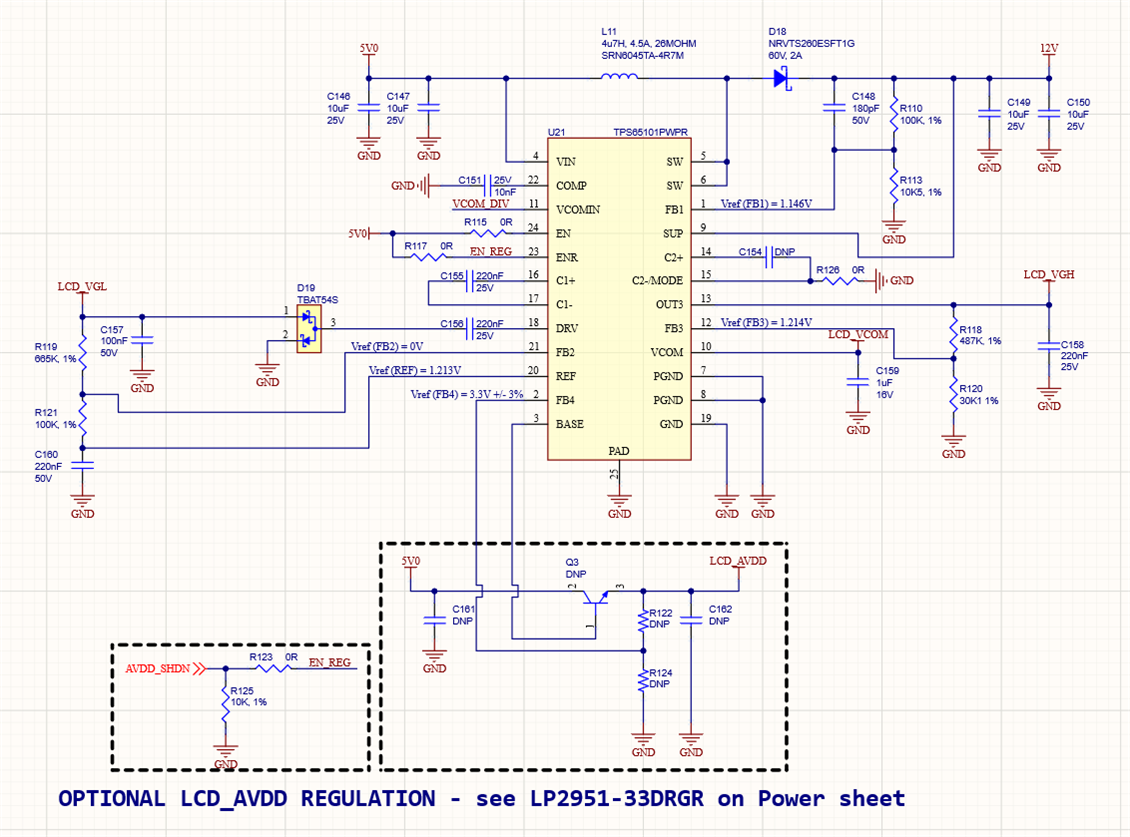We are using the TPS65101 for generation of LCD bias voltages. We initially noticed a few parts that were running very hot, and would sometimes go into thermal shutdown. The IC would still generate the correct bias voltages, at least until it went into thermal shutdown. When we replaced these parts, the power dissipation returned to normal, and when we tried moving a problem part to a different board, the issue followed the IC. So we initially thought we just had a few bad parts.
We are now seeing significantly more boards where this IC has excessive power dissipation. It draws significant current even with no external load. If we replace the parts, it does return to normal, but it seems that they are somehow susceptible to damage. One thing we noticed was that the datasheet states that, if the linear regulator controller is not used, which is the case currently, then ENR should be pulled low and BASE pull high. In this case, ENR was pulled high and BASE was floating. So we modified some boards to resolve this, thinking that the unterminated BASE pin could potentially provide a path to damage the IC.
We have now discovered that, in the process of testing the boards, when the tester touched the ICs to see if they were hot, that would in some cases cause ICs that were working properly to fail and start dissipating excess power. This even happened on one of the parts that had ENR and BASE properly terminated.
So my question is, could having BASE unterminated make the IC more susceptible to damage by ESD or other means? And what is the likely mode of failure that could cause the IC to draw excess current like this? Is there any external protections that would be recommended to prevent these failures?
Our circuit, before the mods to fix ENR and BASE terminations, is shown below.


